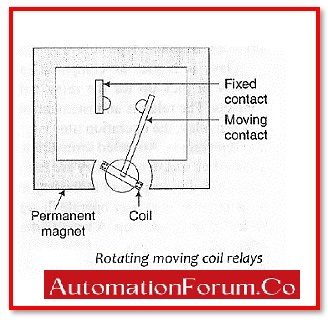Electrical
Basics of Electrical.
Basics of Electrical.
Instrumentation engineer must be thorough with electrical fundamentals.
What is …
Charge?
Charge is measured in coulombs and is the amount of “electricity” present (or flowing).
Charge can be positive or negative. Like charges repel each other. Unlike charges attract each other.
In the vicinity of a charge there is an electric field. The field points in the direction that a positive charge would move.
Charge moves about and may be stored (e.g. in a capacitor or battery).
Current? (A.C. ? D.C.?)
Current is a flow of charge; the rate of movement of charge through a system. It is analogous to
the flow of water in a hydraulic system (in litres/s). It is measured in amps; an amp is quite big.
A.C. is alternating current, where the current flows first one way then the other (repeatedly).
This does not mean it cannot transmit energy.
D.C. is Direct Current where a current flows inthe same direction at all times (normally implies constant value as well as direction).
Voltage?
Voltage is electrical “pressure“. It is analogous to the pressure of a hydraulic system (say like the height of a reservoir). Voltage is measured in volts; contrary to media opinion, volts do not flow.
Impedance is the ‘resistance’ to current flow. It is a very important concept in any electrical circuit. For instance the (internal) impedance of a gate’s output should be low so that it may drive its output more easily. The input impedance of a gate should be high so that it may be driven easily (without it absorbing a large current, which would lead to a high power loss).
Impedance is a general term. For many applications ‘resistance‘ is equally applicable, however capacitors and inductors have different properties.
Energy is a measure of work done. Power is the work done per unit time. Thus if a battery contains so much energy it can power something for a particular time. If the power needs of the
equipment is reduced then the same energy can power it for longer. (These two terms are not restricted to electrical circuits.)





